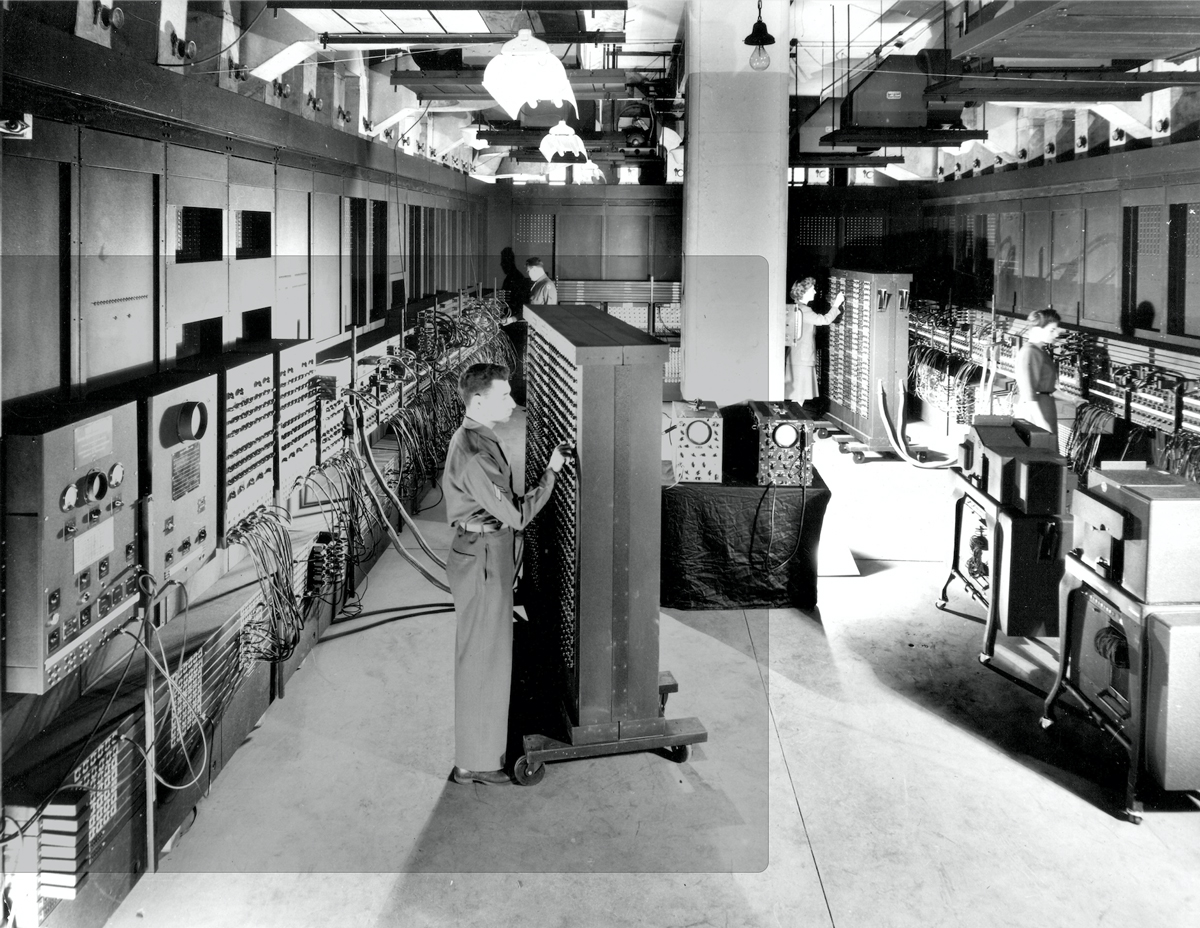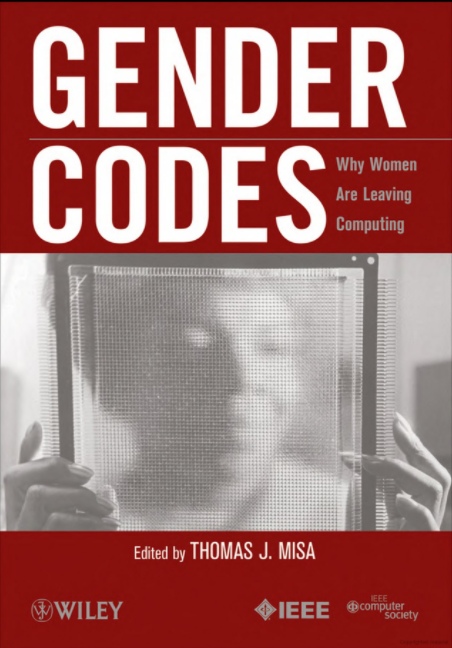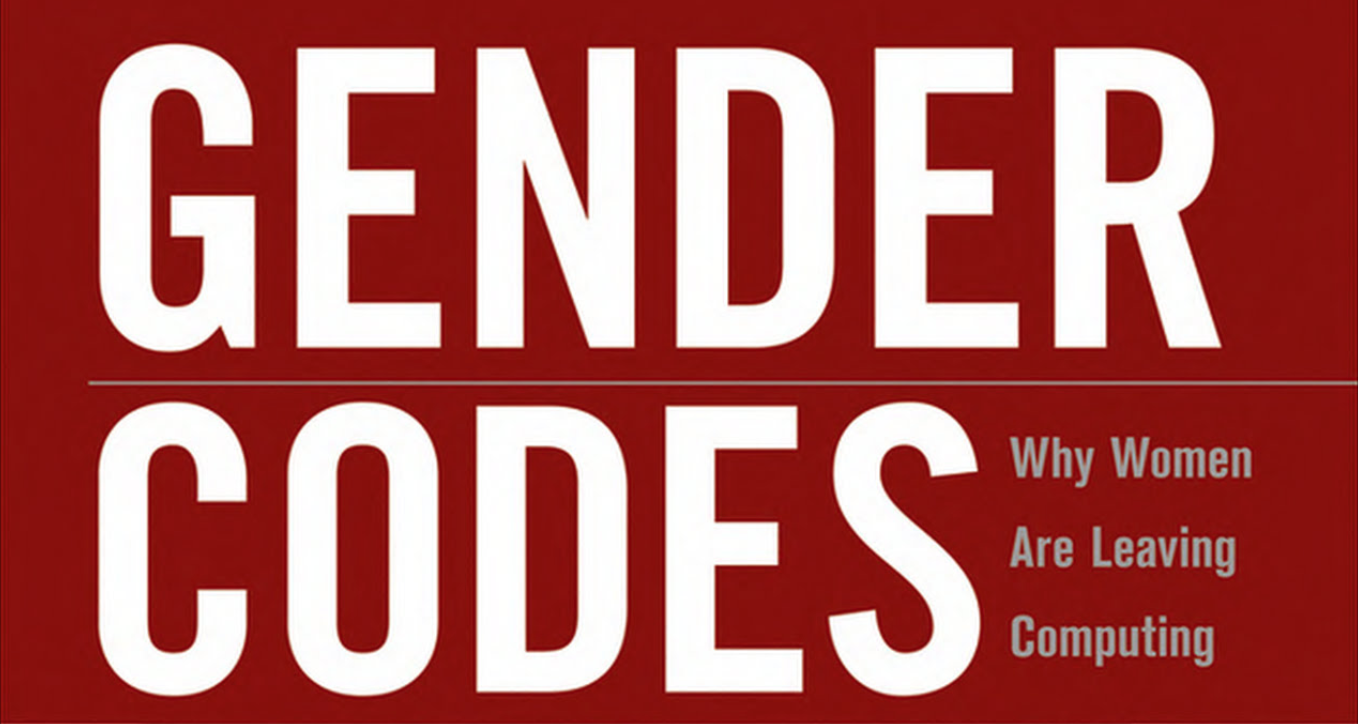Introduction
Gender Codes: Why Women are Leaving Computing is a digital exhibit arranged by A.J. Gerick as a companion to a book of the same title edited by Thomas J. Misa in 2010. The digital exhibit and book make the argument that women contribute to the development of computing but have been systematically erased from history. Misa is a former director of the Charles Babbage Institute at the University of Minnesota. The institute is an archive and research center dedicated to the history of information technology. This digital exhibit is curated as part of an effort to showcase some special collections at the University of Minnesota. Gerick has arranged several other digital exhibits for the University of Minnesota Libraries.
I was introduced to this digital exhibit by a digital humanities program called DASH––Digital Arts, Sciences, & Humanities––at my home institution. This cross-disciplinary program offers workshops and weekly news on digital humanities trends and current discussion topics. The Gender Codes digital exhibit was featured as a supplementary reading in a September 2017 newsletter. It caught my eyes because the topic intersects with the theme of the 12th DRC Blog Carnival––“Material and Digital Rhetoric: Openings for Feminist Action”––in fall of 2017.
Brief Review
With a simple, two-panel page layout, the arrangement of this exhibit is straightforward and easy to navigate. The introduction and 13 chapters of the exhibit are displayed on the left panel of the page. Each chapter is a page-long display that summarizes the content from the book. The exhibit begins with a historical account of the institutional life of women in computing––specifically in work and educational settings. It is followed by critiques of media and cultural factors that shaped the changing images of women working in computing. The last section of the exhibit focuses on the implications of women’s exodus from the computing industry and a recap of the lessons learned from history.
The exhibit exemplifies its argument that women’s voices need to be heard in computing. Six of the 14 contributors were women. The exhibit also uses visual artifacts, namely images of female computer specialists at work, to demonstrate the role of women in the growth the computing industry. These images are also used to show how women were often erased from the scene of innovation, thus leading to their exiting from computing careers. For instance, Misa shows in “Lessons from History” that women working on ENIAC were cropped out from a photograph used for a 1946 U.S. Army recruitment advertisement (image below).

It goes without saying, the elimination of women figure in the public image of computing has led to the false representation of the field as a men-dominant industry.
Further, these photos, when clicked on, open up detailed descriptor pages that provide the image creator, date, citation, and embedding information. Readers may use these information in their own work, or embed images they find from this exhibit in their own composition.
Suggestions
This exhibit can be a useful complementary resource to any undergraduate or graduate level courses that include discussions of rhetoric, gender, and technology. The images in this exhibit may also be used in a visual rhetoric analysis exercise to study the rhetorical design of visual argument––particularly the representation of gender in any given professional contexts. Since the images were downloadable and embeddable, students may remix them to create new composition building upon the basis of this exhibit.
I was hoping to see a discussion feature added to this exhibit where viewers could comment or express their reactions to the exhibit. It would be even better if readers could highlight parts of the exhibit and drop side comments immediately next to the highlighted section, and that other readers could respond to those comments. Nevertheless, this exhibit is a resource many could benefit from. I hope to see more work that build off of the key messages of this exhibit.
Publication Information
 Gender Codes: Why Women Are Leaving Computing
Gender Codes: Why Women Are Leaving Computing
Book edited by Thomas J. Misa; published by Wiley-IEEE Computer Society, 2010
Digital exhibit arranged by A.J. Gerick; published by Charles Babbage Institute, University of Minnesota, n.d.
Digital exhibit URL: http://gallery.lib.umn.edu/exhibits/show/gender-codes/introduction

